From the Open-Publishing Calendar
From the Open-Publishing Newswire
Indybay Feature
The 3-in-1 revolution
At the risk of oversimplifying the definition of revolution, I dare say it involves three dynamics: critique and destruction of the existing social order, building a new world, and the continuous reinvention of the self.
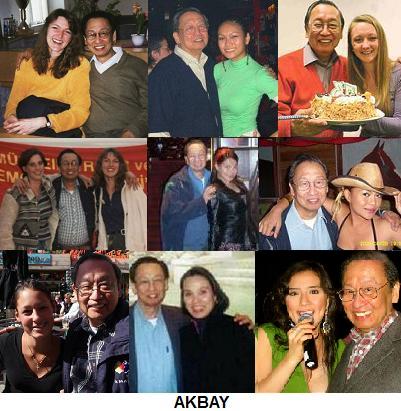
Of the three, the most familiar is the first – activists denouncing the bankrupt society and revolutionaries aggressively pushing for the rapid disintegration of the present. Everyone is capable of ranting but this often needs to be systematized and individual hardships must be linked with other pestering social evils until we grasp their structural bases. The primary task of a revolutionary, therefore, is to master the art and science of critiquing everything.
In the Philippine context, at least in the case of the national democratic revolution, this means exposing and resisting the triple plagues known as imperialism, bureaucrat capitalism, and feudalism. Thanks largely to more than a half century of unceasing propaganda work, these terms are no longer esoteric or alien sounding to many Filipinos. But for those who still need convincing about the relevance of these isms, my advice for them is to read a newspaper. Edca, Napolist pork scam, Hacienda Luisita – are these not current manifestations of a supposedly outmoded analysis of the Left?
If activists are still mouthing the hipster slogans of the 1960s, it is because the horrid conditions of the country during that time have fundamentally remained the same. We are all trapped in the twilight zone.
Of course the three isms cannot possibly cover every problem in our country but so far they are the most comprehensive and useful in understanding and changing the political situation.
Beyond the isms, however, activists are duty bound to lead the masses by campaigning for their democratic rights. Whether it is the insane traffic in the metro or mining pollution in the countryside, activists can be seen and heard tackling these issues not just because they are linked to the three isms (of course they are) but also because they violate the rights of our people.
There are other popular analytical tools used mainly in the academe and by the so-called New Left but many of these concepts are either empirical, inapplicable to Philippine realities, and even subservient to the status quo. The hardcore adherents of these ideologies are obsessed with too much theorizing while disdaining practical political work. On the other hand, the natdem framework provides us with a holistic approach to confront the problems besetting the country. It is a scientific school of thought and a veritable guide to revolutionary political action.
Indeed, the other enduring appeal of the revolution is the opportunity to crowdsource the building of an alternative. While it is easy to persuade many people to oppose something, especially those experiencing oppression, their commitment to the cause becomes stronger if they are actively involved in the drafting of a new blueprint to remake the old society. One does not become a revolutionary by simply joining like-minded people in attacking the citadels of power but also by participating in an innovative and radical social experiment that would substantially alter our lives and how we interact with others.
Again, in the Philippine context, this is best achieved by immersing oneself in the national liberation movement. It means fighting multiple social evils until the beastly machine is defeated. And while working to realize the collapse of the system, activists are also building the foundations of a new social order (not to be confused with the nightmarish New Society of Marcos).
A new type of government or power dynamics, a new economy or wealth distribution, the popularization of a democratic culture, the transition towards a socialist construction. We are given a glimpse of this Red future through the fantastic work of various collectives across the country. Protest actions are not simply aimed at opposing something; they are also an articulation of a political vision. The role of mass organizations is not to recruit voters but to assert political empowerment at the grassroots level. The strength of community organizing sustains the success of small and big land reforms in the provinces.
Of course there is no more socialist bloc in the world. Red China is now capitalist and Soviet Russia has abandoned socialism. But there are existing leftwing movements and countries with socialist aspirations that remain truly inspiring. Besides, the future of any revolution should not be tied to the debacles suffered by other countries. The Philippine Revolution has the distinct advantage of learning from the positive legacies of Marxist and even non-Marxist movements.
The Bolshevik Doctrine is not a prescription but merely one of the alternatives that Filipino revolutionaries can use to overhaul the Philippine society. For one thing, there are no soviets in the Philippine archipelago. Meanwhile, the Chinese commune model could very well energize our rural sector. Also, the philosophy behind the Great Proletarian Cultural Revolution is really interesting from a pedagogic point of view.
So perhaps we can borrow from varied sources such as Russia’s centralized economic planning, the Maoist teachings on art and social contradictions, Vietnamese guerilla tactics, the Cuban health system, the Finnish education set-up, American innovation, and including the English tea as inspirations to move forward the revolution. Recall too the original vision of our 1896 revolutionaries. I think Mabini has a proposal that university presidents should compose the senate.
Learning from history is enlightening; creating history is more exciting. But this revolution should be more democratic than the previous ones which means ordinary people – the peasants, workers, and urban poor – should play an active part in planning the future. It will be a genuine people’s movement which will require the mobilization of the entire population.
To put it simply, the revolution invites us to do the following: Oppose and then propose. Propose while oppose.
But there is a third important but rarely mentioned dynamic: change of self.
The revolution is not simply about changing the world. Because in the process of performing our political tasks, we become changed persons as well. You can’t fight the old world and build a new one and all the time remain the same person. Remoulding of the self is also an equally important ethic of an activist. Criticism and self-criticism sessions are habits that activists must regularly practice. That’s why the accusation that activists and revolutionaries are dull automatons is totally unfair.
Activists are often chided by conservative ideologues for supposedly being a fanatic in wanting to change society but hypocritically uninterested in changing oneself. It is an echo of what elitist rulers often remind their constituents to preserve power: “Reforming the individual is the key to change society. Focus on improving yourself and the whole community will improve as well. Before changing the world, start with yourself.”
This is a popular but often a dangerous idea. It reinforces individualism and prevents social engagement by teaching people that the best way to help others is to be selfish and inward looking. It brainwashes young people into believing that a change in values and attitudes or a so-called revolution of the hearts is the necessary first step to change what is wrong in society. But while the last point is partially correct, it should be pursued while being guided by the goals of social and political revolution.
Authentic and long lasting individual freedom is possible but only after society has removed the fetters that impede the full flowering of human potential. In other words, the success of the political revolution is the first condition to achieve individual freedom. A revolutionary is also a humanist.
The revolution, all things considered, is an irresistible option we can’t refuse because it offers an alternative way of life. Yes, it is not a cure-all but it provides a complete (in fact the most complete) life improvement package through the 3-in-1 formula of interpreting the world, changing the world, and reinventing the self.
Indeed, new age philosophies and Eastern mantras are growing in popularity but they are focused too much on the self while being divorced from the realities of the world. They promise a distorted version of nirvana that allows a person to feel good about himself even if the world around him is already crumbling. Healing the world takes a backseat as one becomes lost and addicted in the metaphysical labyrinth of finding inner peace.
What is to be done? Choose a philosophy that inspires both social change and self-awareness. Choose a political program that frees all people from their material, intellectual, and spiritual bondage. Choose life that rewards self-help and collective action. Choose no less than a revolution. And if you’re in the Philippines, choose the national democratic revolution with a socialist perspective.
http://la.indymedia.org/news/2014/06/264659.php
http://la.indymedia.org/news/2013/10/262048.php
http://www.indybay.org/newsitems/2006/10/11/18319567.php
http://www.indymedia.org.uk/en/2008/05/398315.html
In the Philippine context, at least in the case of the national democratic revolution, this means exposing and resisting the triple plagues known as imperialism, bureaucrat capitalism, and feudalism. Thanks largely to more than a half century of unceasing propaganda work, these terms are no longer esoteric or alien sounding to many Filipinos. But for those who still need convincing about the relevance of these isms, my advice for them is to read a newspaper. Edca, Napolist pork scam, Hacienda Luisita – are these not current manifestations of a supposedly outmoded analysis of the Left?
If activists are still mouthing the hipster slogans of the 1960s, it is because the horrid conditions of the country during that time have fundamentally remained the same. We are all trapped in the twilight zone.
Of course the three isms cannot possibly cover every problem in our country but so far they are the most comprehensive and useful in understanding and changing the political situation.
Beyond the isms, however, activists are duty bound to lead the masses by campaigning for their democratic rights. Whether it is the insane traffic in the metro or mining pollution in the countryside, activists can be seen and heard tackling these issues not just because they are linked to the three isms (of course they are) but also because they violate the rights of our people.
There are other popular analytical tools used mainly in the academe and by the so-called New Left but many of these concepts are either empirical, inapplicable to Philippine realities, and even subservient to the status quo. The hardcore adherents of these ideologies are obsessed with too much theorizing while disdaining practical political work. On the other hand, the natdem framework provides us with a holistic approach to confront the problems besetting the country. It is a scientific school of thought and a veritable guide to revolutionary political action.
Indeed, the other enduring appeal of the revolution is the opportunity to crowdsource the building of an alternative. While it is easy to persuade many people to oppose something, especially those experiencing oppression, their commitment to the cause becomes stronger if they are actively involved in the drafting of a new blueprint to remake the old society. One does not become a revolutionary by simply joining like-minded people in attacking the citadels of power but also by participating in an innovative and radical social experiment that would substantially alter our lives and how we interact with others.
Again, in the Philippine context, this is best achieved by immersing oneself in the national liberation movement. It means fighting multiple social evils until the beastly machine is defeated. And while working to realize the collapse of the system, activists are also building the foundations of a new social order (not to be confused with the nightmarish New Society of Marcos).
A new type of government or power dynamics, a new economy or wealth distribution, the popularization of a democratic culture, the transition towards a socialist construction. We are given a glimpse of this Red future through the fantastic work of various collectives across the country. Protest actions are not simply aimed at opposing something; they are also an articulation of a political vision. The role of mass organizations is not to recruit voters but to assert political empowerment at the grassroots level. The strength of community organizing sustains the success of small and big land reforms in the provinces.
Of course there is no more socialist bloc in the world. Red China is now capitalist and Soviet Russia has abandoned socialism. But there are existing leftwing movements and countries with socialist aspirations that remain truly inspiring. Besides, the future of any revolution should not be tied to the debacles suffered by other countries. The Philippine Revolution has the distinct advantage of learning from the positive legacies of Marxist and even non-Marxist movements.
The Bolshevik Doctrine is not a prescription but merely one of the alternatives that Filipino revolutionaries can use to overhaul the Philippine society. For one thing, there are no soviets in the Philippine archipelago. Meanwhile, the Chinese commune model could very well energize our rural sector. Also, the philosophy behind the Great Proletarian Cultural Revolution is really interesting from a pedagogic point of view.
So perhaps we can borrow from varied sources such as Russia’s centralized economic planning, the Maoist teachings on art and social contradictions, Vietnamese guerilla tactics, the Cuban health system, the Finnish education set-up, American innovation, and including the English tea as inspirations to move forward the revolution. Recall too the original vision of our 1896 revolutionaries. I think Mabini has a proposal that university presidents should compose the senate.
Learning from history is enlightening; creating history is more exciting. But this revolution should be more democratic than the previous ones which means ordinary people – the peasants, workers, and urban poor – should play an active part in planning the future. It will be a genuine people’s movement which will require the mobilization of the entire population.
To put it simply, the revolution invites us to do the following: Oppose and then propose. Propose while oppose.
But there is a third important but rarely mentioned dynamic: change of self.
The revolution is not simply about changing the world. Because in the process of performing our political tasks, we become changed persons as well. You can’t fight the old world and build a new one and all the time remain the same person. Remoulding of the self is also an equally important ethic of an activist. Criticism and self-criticism sessions are habits that activists must regularly practice. That’s why the accusation that activists and revolutionaries are dull automatons is totally unfair.
Activists are often chided by conservative ideologues for supposedly being a fanatic in wanting to change society but hypocritically uninterested in changing oneself. It is an echo of what elitist rulers often remind their constituents to preserve power: “Reforming the individual is the key to change society. Focus on improving yourself and the whole community will improve as well. Before changing the world, start with yourself.”
This is a popular but often a dangerous idea. It reinforces individualism and prevents social engagement by teaching people that the best way to help others is to be selfish and inward looking. It brainwashes young people into believing that a change in values and attitudes or a so-called revolution of the hearts is the necessary first step to change what is wrong in society. But while the last point is partially correct, it should be pursued while being guided by the goals of social and political revolution.
Authentic and long lasting individual freedom is possible but only after society has removed the fetters that impede the full flowering of human potential. In other words, the success of the political revolution is the first condition to achieve individual freedom. A revolutionary is also a humanist.
The revolution, all things considered, is an irresistible option we can’t refuse because it offers an alternative way of life. Yes, it is not a cure-all but it provides a complete (in fact the most complete) life improvement package through the 3-in-1 formula of interpreting the world, changing the world, and reinventing the self.
Indeed, new age philosophies and Eastern mantras are growing in popularity but they are focused too much on the self while being divorced from the realities of the world. They promise a distorted version of nirvana that allows a person to feel good about himself even if the world around him is already crumbling. Healing the world takes a backseat as one becomes lost and addicted in the metaphysical labyrinth of finding inner peace.
What is to be done? Choose a philosophy that inspires both social change and self-awareness. Choose a political program that frees all people from their material, intellectual, and spiritual bondage. Choose life that rewards self-help and collective action. Choose no less than a revolution. And if you’re in the Philippines, choose the national democratic revolution with a socialist perspective.
http://la.indymedia.org/news/2014/06/264659.php
http://la.indymedia.org/news/2013/10/262048.php
http://www.indybay.org/newsitems/2006/10/11/18319567.php
http://www.indymedia.org.uk/en/2008/05/398315.html
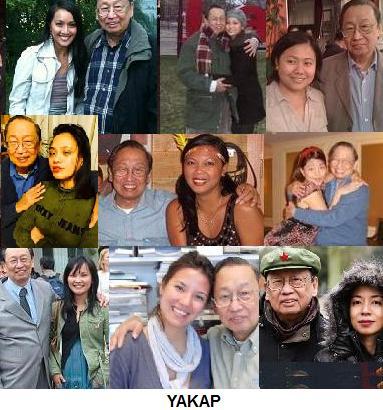
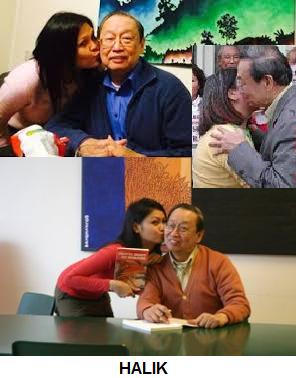
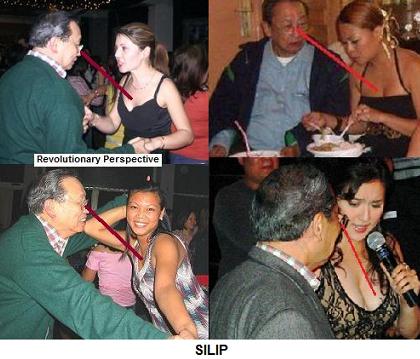
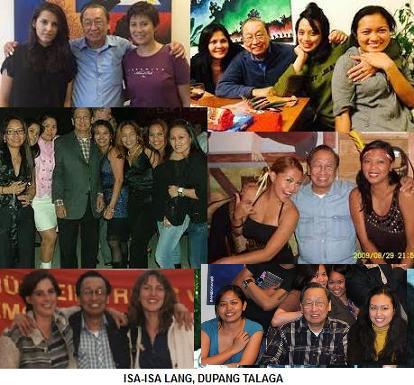
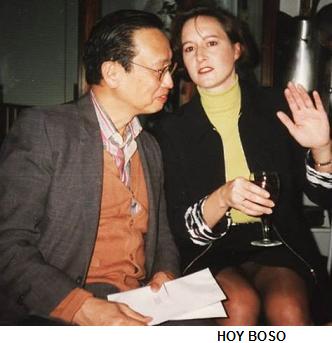
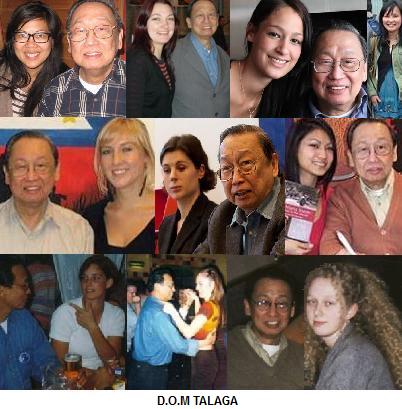

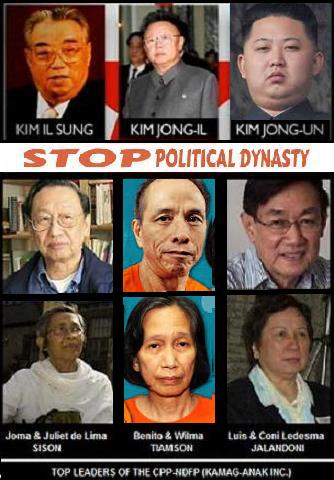
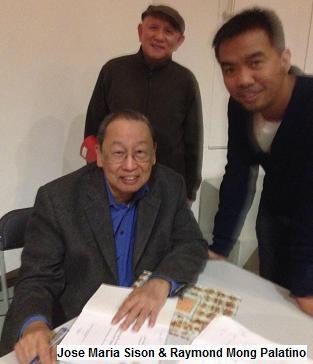
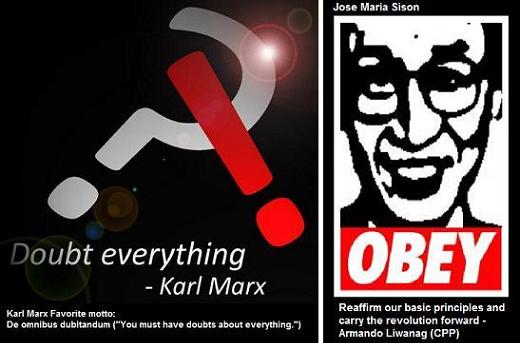
Add Your Comments
We are 100% volunteer and depend on your participation to sustain our efforts!
Get Involved
If you'd like to help with maintaining or developing the website, contact us.
Publish
Publish your stories and upcoming events on Indybay.
Topics
More
Search Indybay's Archives
Advanced Search
►
▼
IMC Network


